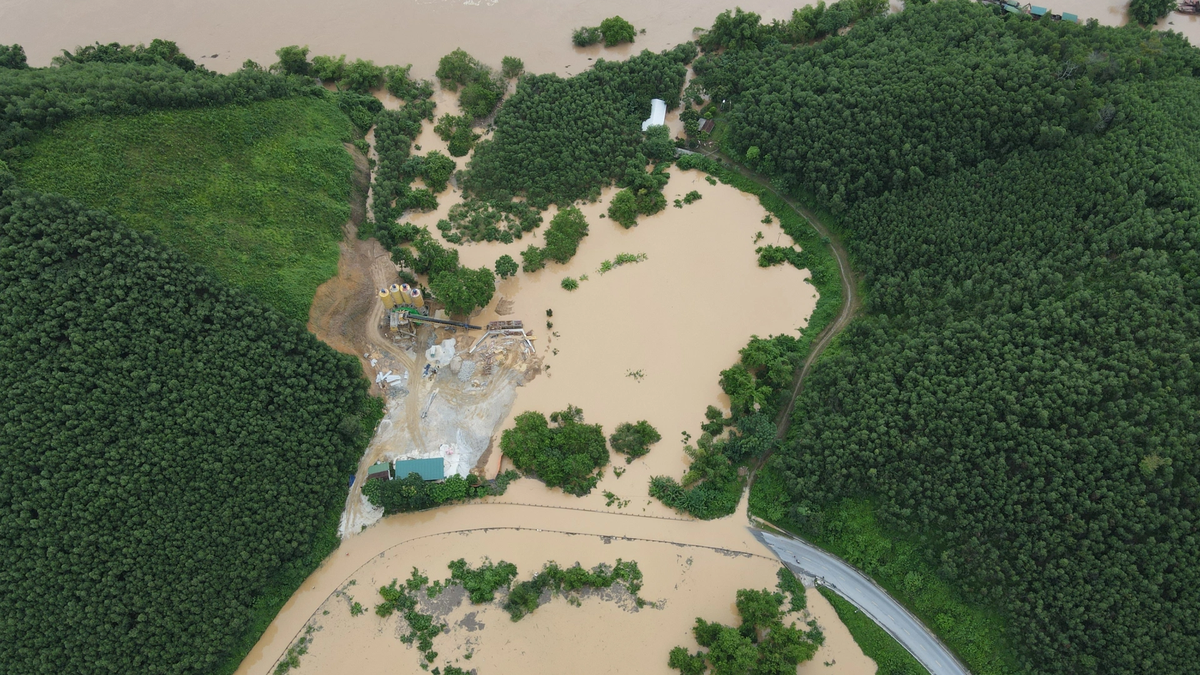According to archaeological results published in Nature Magazine on May 14, researchers have determined that ancient footprints found in Victoria state (Southeast Australia) are the oldest evidence of a vertebrate species that left the ocean to live entirely on land.
The discovery not only pushes back tens of millions of years of what we once believed was the timeline of major animal evolution, but also provides a fresh look at the turning point that shaped life on the planet.
According to a research team led by paleontologist Per Ahlberg of Uppsala University (Sweden), these footprints were preserved on a 30cm wide sandstone slab, located in the mountains of Victoria state. They were created about 350 million years ago, during the late Devonian and early Carboniferous periods, when the supercontinent Gondwana was still present.
The first piece of evidence was a single footprint with tiny indentations—the remains of a brief rainstorm. This suggested the prints were made just before the rainstorm. Two more sets of prints followed, with the second set showing the animal “moving quickly,” leaving long claw marks in the soft ground.
Mr. Ahlberg determined that these footprints belonged to an ancient reptile 60-80 cm long, with a modern lizard-like appearance.
Most notably, the creature had claws, a clear sign that it belonged to the amniote group - a group of animals that includes modern reptiles, birds and mammals.
The ancestors of amniotes were tetrapods, which developed limbs for locomotion but still depended on aquatic environments, especially for reproduction.
Meanwhile, amniotes evolved to lay hard-shelled eggs, capable of surviving on land, thereby completely cutting off their dependence on water—a key evolutionary step that allowed animals to spread across continents.
According to expert Stuart Sumida of California State University, this new discovery shows that amniotes may have existed 35-40 million years earlier than previously assumed.
This means that the transition from marine life to fully terrestrial life could have happened much more quickly—in just 50 million years./.
Source: https://www.vietnamplus.vn/phat-hien-dau-chan-co-dai-viet-lai-lich-su-chinh-phuc-dat-lien-cua-dong-vat-post1038644.vnp



























![[Photo] Signing of cooperation between ministries, branches and localities of Vietnam and Senegal](https://vphoto.vietnam.vn/thumb/1200x675/vietnam/resource/IMAGE/2025/7/24/6147c654b0ae4f2793188e982e272651)











































































Comment (0)